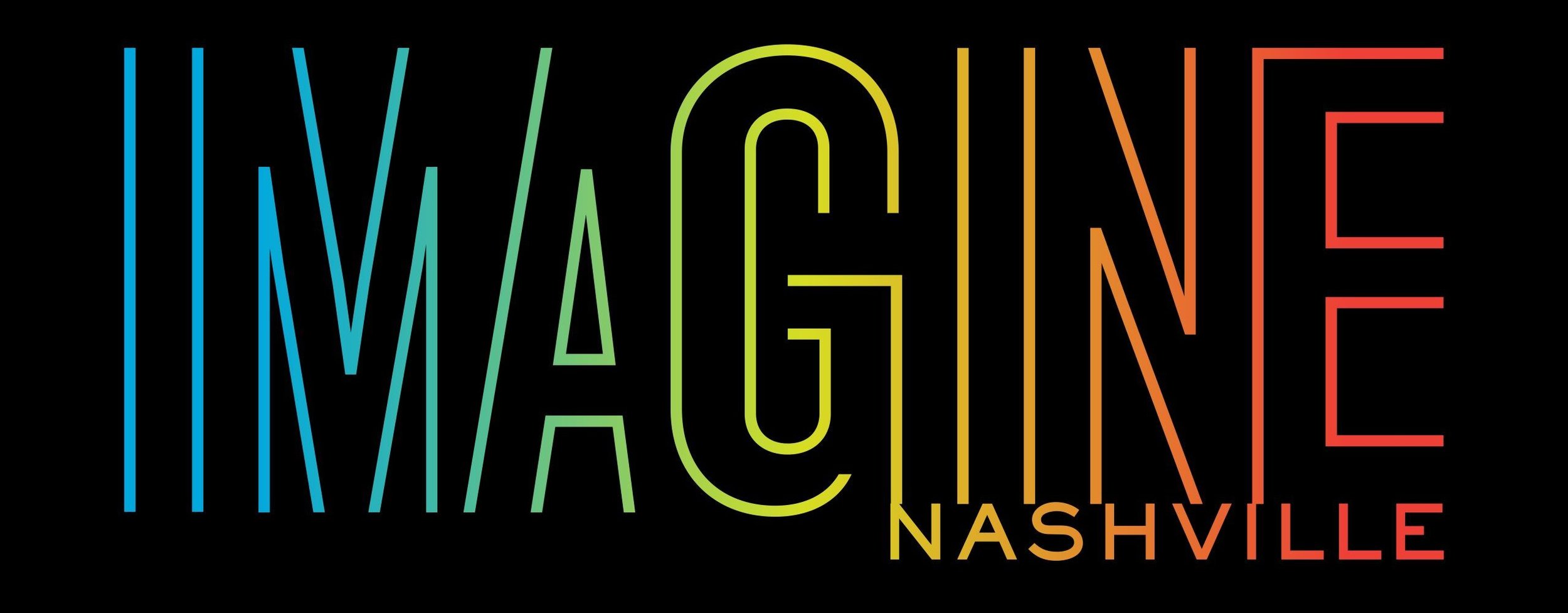The Downtowners
My understanding of the future of our downtowns has evolved through my work in Washington, DC. Working in housing and economic development for 20 years, I have seen that downtowns have always played a role in urban policy, although not always central. My graduate thesis on DC’s building height limit was one of the few times I focused primarily on DC’s central business district, where there's a demand for taller buildings (a topic for a future newsletter). But generally, downtowns were doing well, so my focus was on other policy areas such as housing, neighborhood revitalization, and transportation.
However, the COVID-19 shutdown marked a pivotal (I would say Kairosian) moment for our city centers and the need for policymakers to focus on them. In DC, as Planning Director, I was the government lead for Mayor Bowser’s ReOpen DC Advisory Group and supported the ensuing economic Comeback Plan. These initiatives required city leaders and residents to navigate uncertainties about the current state of DC’s downtown, potential lasting impacts of COVID-19, and effective actions. In 2023, I collaborated with the Downtown DC BID, the Golden Triangle BID, and DC’s Deputy Mayor for Planning and Economic Development to develop DC's Downtown Action Plan.
From these and other experiences, including numerous public engagement sessions, I’ve encountered various perspectives on downtown challenges and solutions. I've cataloged and named some common “silver bullet” solutions of different “downtowners”:
The Housing Converters
We have too much office space. We need more housing. Turn one into the other and we solve two problems at once! This is the true champion of the “save downtown fixes,” which is perhaps why so much ink, as well as audio and video tape, has been spilled about housing conversions. Even the White House has spent time on it. Market shifts have made conversions feasible for some older buildings with residential-friendly floorplates. But as Tracey Hadden Loh and her colleagues at Brookings so eloquently summarize, there are many reasons why residential conversions alone won’t save downtown.
The Social Housing Converters
A variation of the housing conversion idea involves creating affordable housing downtown, including potentially through the relatively novel tool of social housing. This approach faces even greater economic and logistical challenges than regular conversions, as I observed as chair of a pre-COVID task force on office to affordable housing conversions in DC. Social housing, still a nascent policy approach, will likely need to demonstrate success in places that have easier rehab or new construction projects such as Montgomery County, MD.
The “Let It Go”ers
Some argue against investing in downtowns, suggesting that resources should focus on residential areas and urban inequality instead. Others believe center cities are obsolete post-COVID and advocate for investment in suburbs and exurbs. As articulated in DC's Downtown Action Plan and by other cities, downtowns are major economic engines essential for local economies. Ignoring them would be economically and environmentally harmful.
The “Return to Work”ers
Some want to return to a pre-COVID world by bringing workers back to the office. This push was especially strong immediately after the shutdown. Despite mayors urging private and public sector employers to bring their workers back, the reality is that downtowns have likely reached a relative stasis of office reoccupancy (in DC it’s just under 50%). This is in large part due to the power of worker preferences, where 90% of current remote workers surveyed would look for other work if they were forced to come back full time.
The “Fix It”ers
During the Downtown Action Plan process, some insisted we address immediate issues—crime, parking, traffic, mass transit challenges, homelessness—before focusing on the future. While these challenges are crucial, solely focusing on them risks missing the need to actually bring people back. Removing barriers does not create a reason for returning. The very act of bringing more people downtown is a way to actually address some of those very issues. More broadly, it also misses an opportunity to reimagine our downtowns for the next generation.
The Subsidizers
One shutdown policy involved providing subsidies or tax relief to downtown businesses. While appealing to businesses and landlords for this policy continues, it requires funding which is quite challenging amid budget cuts and gaps. As importantly, it risks addressing symptoms rather than the root cause: an insufficient number of people downtown.
Reality is more interesting…
The challenge with these ideas is that while each holds some truth, “there is no such thing as a silver policy bullet” to corrupt a common economics phase. None of the downtowners fully address the fundamental question: “Why would someone choose to spend time here?” This was the critical question we tackled in the Downtown Action Plan which inspired my recent Urban Institute blog post about a few different tactics in DC and beyond that can leverage downtown’s advantages to make it a destination of choice.
In the end, the physical centrality of downtowns is a critical asset and comparative advantage that must be at the center of imagining their future. With mass suburbanization of the second half of the 20th century, our transportation systems were built to ferry lots of people from their houses in the suburbs of a region to their office in the center. This is still an asset today as downtowns are the easiest place for people from different parts of a region to meet and for visitors to get to.
In addition to physical centrality, downtowns also have a cultural centrality. They have lots of history and deep authenticity that newer places do not have. They are the place where major arts, culture, entertainment and sports venues exist. They are where artists, chefs, and creators often cluster. They are also where many of the best parks and public spaces are located.
…and more inspiring!
Centrality describes attributes and assets of downtowns and offers a frame for helping us take an asset-based approach to their reimagination. But it is technocratic and not very people-oriented. What I often find missing from the discussion is the opportunity to think about how the centrality of places does and can spark joy for people (thanks, Marie Kondo). During the Downtown Action Plan process I found myself pitching DC’s downtowns as a series of neighborhoods, mostly as a way to break down people’s mental images of what it is and can be. But I have come to see that “downtowns as great new neighborhoods” misses something about their unique and special role in our cities and society. They can and should be more, and I worry that the Housing Converters especially can miss this critical point.
Because of their centrality, they can and should serve more than a neighborhood and a city and a region and even a country. They can and should serve all sorts of people from all over. Because of their accessibility, their opportunities for great public places and activities, and the fact that they do not have the same history of de jure and de facto exclusion that suburbs do, downtowns are set up to be some of the most accessible and inclusive places in our cities. As we reimagine them, we can do so with the widest audience possible, including people of all incomes, races, ages, geographic locations, and backgrounds.
For these reasons, I believe the urban “death spiral” or “doom loop” narrative is more clickbait than reality. Downtowns’ inherent advantages, paired with thoughtful planning and policymaking, will ensure their vibrance and joyfulness well into the future.
Some Links
Robin Eve Jasper on why the term “placemaking” should be reconsidered
David Zipper on the impact of unempirical small business owner views on transportation decisions
Kimberly Driggins on “Can Strong Social Infrastructure Cure the Loneliness Epidemic?”
via Erin Hafkenschiel, Imagine Nashville is asking for public input on their big ideas for the future of the city
via Priya Jayachandran “Given the housing shortage, why is it so hard to build new apartments?”
Biden-Harris Administration Announces Investment in Twelve Regional Technology Hubs, Creating Good-paying Jobs and Driving Economic Opportunity and Innovation in Communities Across the Country







